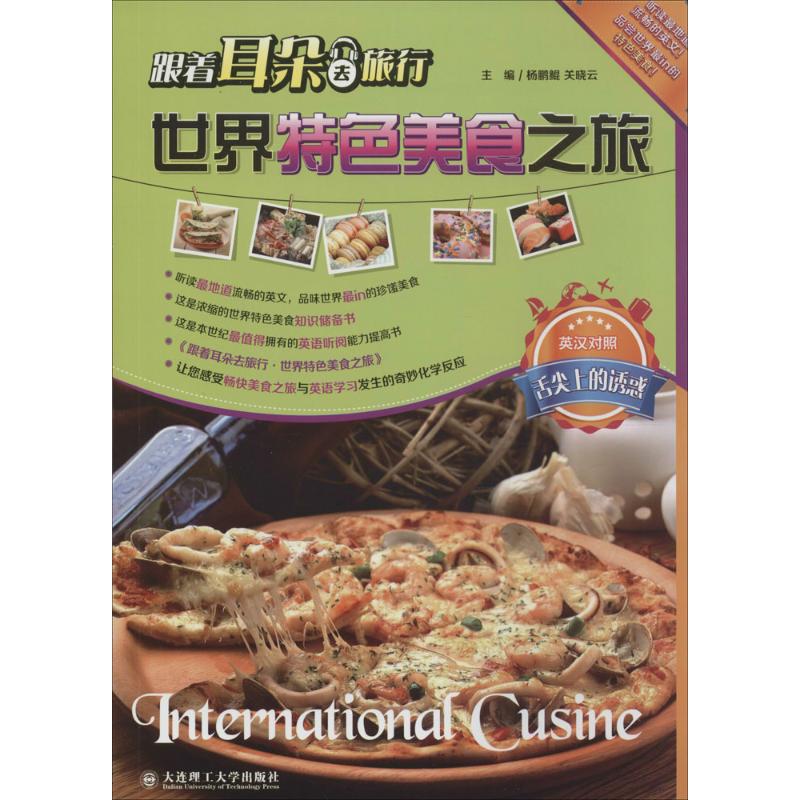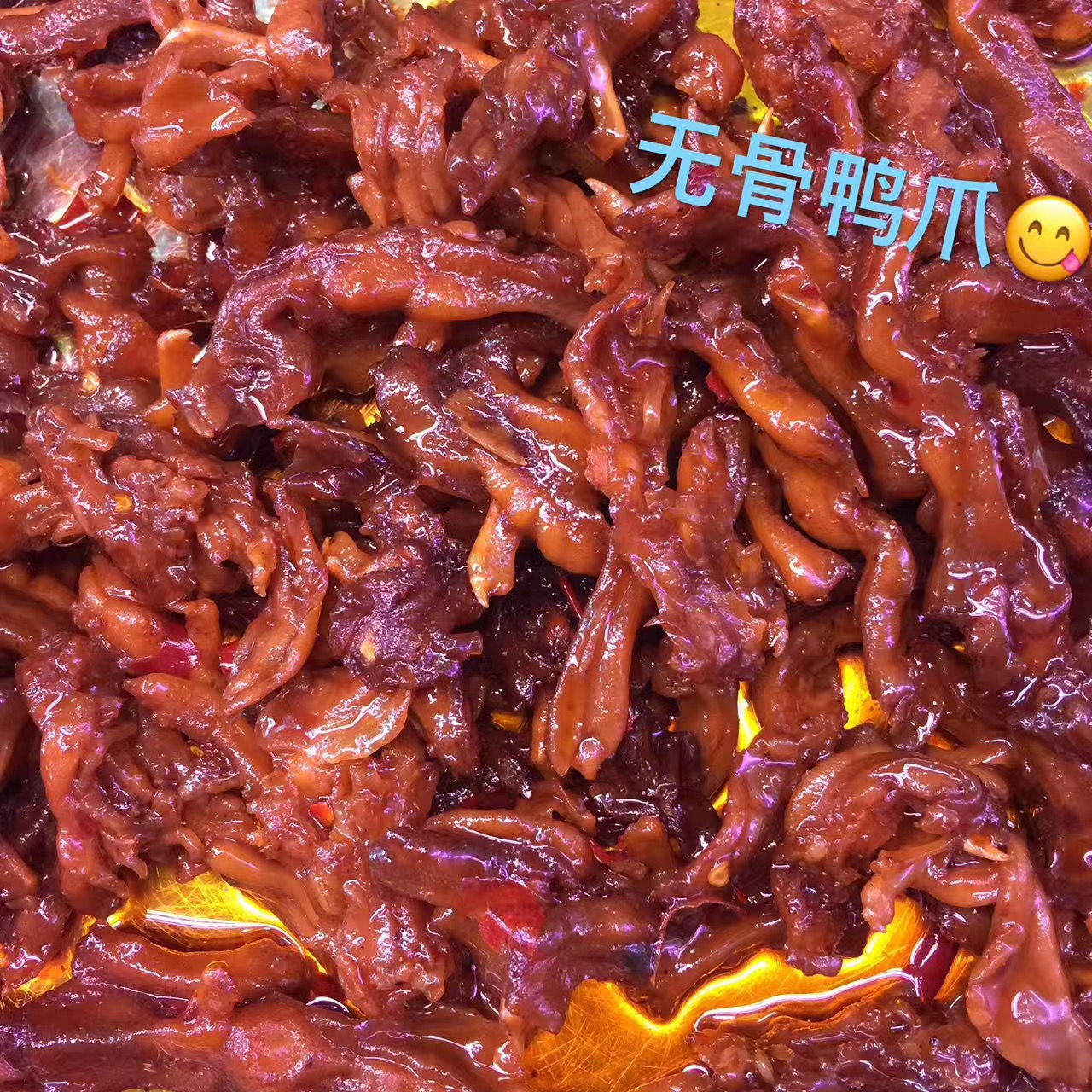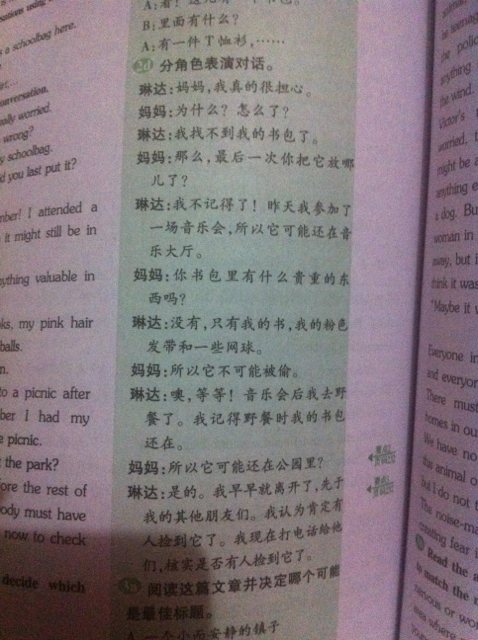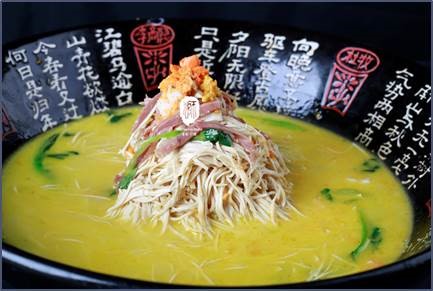一、英文产品推荐的翻译
To whom it may concern:
i m 姓名 from Xia Men Qianjin Butterfly Arts Co.,Ltd. i m grateful to you for taking time to read this letter.
Our company accounts for one of the biggest suppliers of butterflies specimens and enjoys wide popularity all over the world in the supply of butterfly specimens. our company develops the new types of specimen with our unique skills. Our products have a ready market in the USA and the Europe with good comments from our customers. i would like to recommend the 2008 style butterfly specimen to you and hope to draw your immediate attention.
the pictures and price lists are attched with the letter.
i hope your prompt reply
sincerely your
XXX
september 15,2008
二、【急】用英语简单介绍一些带中国特色的东西(不少于30词)
Speaking of "Fortune", people are not unfamiliar. 现如今的会面、通信也会相互祝愿对方“万事如意”、“吉祥如意”等用语,即随人意 Are now meeting, each communication will wish each other "good luck", "good luck" and other terms, that along. 从字面上讲,如意无非是符合自己的意愿。 Literally, nothing more than wishful meet their wishes. 寓意的抽象,是极易能让人理解的。 Implication of the abstract, is easy to make people understand. 其实如意不光是抽象,还是具象的“如意”。 In fact, not just wishful abstract or concrete's "ideal." 如意在民间有种种的说法,如事事如意、平安如意等,祝颂吉祥者也。 Ideal in the private sector have all sorts of claims, such as all the best, safe wishful so Zhusong Ji Xiang who has. 趋吉避凶,源于动物的本能。 Good fortune, derived from animal instincts. 人们祈求吉祥、幸福的心理活动,常常表现在行动上,即有意去营造吉利的环境。 People pray for good luck and happy mental activity, often manifested in the action, which intends to create an auspicious environment. 有的用图画表现出来,称之为“吉祥图案”,它与人们的生活密切相关。 Some use the picture shown, known as the "auspicious patterns", which is closely related with people's lives. 耐人寻味的寓意,象征着美好、幸福,寄托了人们的精神和愿望。 Interesting implication, a symbol of beauty, happiness, and placed the spirit and aspirations of the people. “如意”何物,不少的图片上可以欣赏到它的实物。 "Fortune" what, a lot of pictures can enjoy its kind. “如意”的实物是一种供人们观赏的精致工艺品,如有意一饱眼福,可到北京故宫博物院参观,会见到明、清两代皇宫内的用珍贵材料精心制作的如意。 "Ideal" is a kind of fine for people to enjoy arts and crafts, such as deliberately spoiled for choice, can visit the Palace Museum in Beijing, will see the Ming and Qing Dynasty palace, the use of precious materials, elaborate wishful.
Are now meeting, each communication will wish each other "good luck", "good luck" and other terms, that along. 从字面上讲,如意无非是符合自己的意愿。 Literally, nothing more than wishful meet their wishes. 寓意的抽象,是极易能让人理解的。 Implication of the abstract, is easy to make people understand. 其实如意不光是抽象,还是具象的“如意”。 In fact, not just wishful abstract or concrete's "ideal." 如意在民间有种种的说法,如事事如意、平安如意等,祝颂吉祥者也。 Ideal in the private sector have all sorts of claims, such as all the best, safe wishful so Zhusong Ji Xiang who has. 趋吉避凶,源于动物的本能。 Good fortune, derived from animal instincts. 人们祈求吉祥、幸福的心理活动,常常表现在行动上,即有意去营造吉利的环境。 People pray for good luck and happy mental activity, often manifested in the action, which intends to create an auspicious environment. 有的用图画表现出来,称之为“吉祥图案”,它与人们的生活密切相关。 Some use the picture shown, known as the "auspicious patterns", which is closely related with people's lives. 耐人寻味的寓意,象征着美好、幸福,寄托了人们的精神和愿望。 Interesting implication, a symbol of beauty, happiness, and placed the spirit and aspirations of the people. “如意”何物,不少的图片上可以欣赏到它的实物。 "Fortune" what, a lot of pictures can enjoy its kind. “如意”的实物是一种供人们观赏的精致工艺品,如有意一饱眼福,可到北京故宫博物院参观,会见到明、清两代皇宫内的用珍贵材料精心制作的如意。 "Ideal" is a kind of fine for people to enjoy arts and crafts, such as deliberately spoiled for choice, can visit the Palace Museum in Beijing, will see the Ming and Qing Dynasty palace, the use of precious materials, elaborate wishful.
折扇最早出现于公元五世纪的南北朝时代。 Folding first appeared in the fifth century, the Southern and Northern Dynasties era. 《南齐书》上说:“褚渊以腰扇障日。”,这“腰扇”,据《通鉴注》上的解释,“即折叠扇。”不过那时还不流行。 "Nan Qi Shu," said: "Chu Yuan to date back fan barrier.", The "waist fan", according to the "universal warning note" explanation, "that is folded fan." But it was not the popular. 到了北宋,“如市井中所制折叠扇……展之广尺三四,合之止两指许”,市井有制,说明它已不是少数人专用的了。 In the Northern Song, "as Pop in the system development of the folding fan ... ... 34 feet wide, combination and only two fingers Xu," marketplace has the system indicates it is not exclusively a minority. 现今,天津古文化街乔香阁的折扇最为有名,基本上是纯手工制作和绘制。 Today, Tianjin Ancient Culture Street Joe Hong Court of folding the most famous, is basically a pure hand-made and drawn. 据记载,折扇是一种舶来品 。 According to records, folding is a foreign import . 一把折扇主要由扇骨 、扇页和扇面三部分构成。 A folding fan mainly by Shan Gu , fan pages and fan of three parts. 普通的折扇,一般用竹木做扇骨,韧纸做扇面。 Ordinary folding fan, usually made with bamboo Shan Gu, Ren fan of paper. 讲究一点的,扇面上还要题诗作画。 Stress point, the fan on the painting but also poems. 高级的折扇,扇骨和扇叶往往要用象牙制作。 Advanced folding, Shan Gu and fan leaves are often made use of ivory. 上边呢还要雕刻出各种纹饰,扇面也大多带有名人的字画 。 Stuck to also carving out a variety of decorative patterns, mostly with a celebrity fan scroll . 折扇系日本发明。 Folding Department of Japanese invention. 古称倭扇 ,是由日本遣唐使作为进贡礼品带到中国。 Originally known as Japanese fans , is Japan's Imperial Japanese embassies to China as a tribute gift. 折扇状似蝙蝠,有撒扇、聚头扇、蝙蝠扇、摺扇等诸称。 Folding the shape of bats, there is Caesar fan, poly head fan, bat fan, folding fan, etc. all said. 第一把折扇是用桧树薄片缝制而成,所以称为桧扇,后来改为纸扇面。 First the folding fan is made of cypress trees thin sewing, so called cypress fan, paper fan was changed. 平安时代初期便有了折扇。 The early Heian period, there were a folding fan. 据《西宫记》记载,平安初期,每逢夏季,宫廷贵族赐予侍臣折扇,折扇成为宫中活动时侍臣携带的物品之一。 According to "Nishinomiya mind" records, the early peace, during the summer, the court nobility bestowed courtiers folding, folding into the palace activities belongings of one of the courtiers. 后来宫廷女子也受其影响,经常拿把折扇,作为身边的装饰品。 Later, women are also affected by the court, I used to get to folding, as decorations around.
Suzhou embroidery or Suzhou embroidery originated in Suzhou Wuxian its area, is still the center of Suzhou, Jiangsu Province, Yan has been all over the Yangzhou, Wuxi, Changzhou, Suqian, East Taiwan and other places. 苏绣产地江苏土地肥沃,气候温和,蚕桑发达,盛产丝绸,自古以来就是锦绣之乡。 Jiangsu Suzhou embroidery origin fertile land, mild climate, sericulture development, rich silk, ancient town of Fairview. 优越的地理环境,绚丽丰富的锦缎,五光十色的花线,为苏绣发展创造了有利条件。 Superior geographical environment, a rich brocade gorgeous, colorful flowers line the Suzhou embroidery to create favorable conditions for development. 据西汉刘向《说苑》记载,早在二千多年前的春秋时期,吴国已将苏绣用于服饰。 According to Han Liu Xiang, "said Yuan," recorded as early as 2000 years ago, the Spring and Autumn Period, Wu has Suzhou embroidery for clothing. 三国时代,吴王孙权曾命赵达丞相之妹手绣《列国图》。 Three Kingdoms, King of Wu Sun Quan's sister, who lives with Hand Embroidery Zhao Dacheng, "Discovery Atlas." 据《清秘藏》叙述苏绣“宋人之绣,针线细密,用线一、二丝,用针如发细者为之。设色精妙,光彩射目。”可见在宋代苏绣艺术已具有相当高的水平。 According to "clear cache of" narrative Suzhou embroidery, "Song of the embroidery, sewing fine, with lines one, two wire, with a thin needle, such as those whom issued. Subtlety and color, luster head shot." Visible in the Song Suzhou embroidery art has considerable high level. 文化古城苏州,素有“人间天堂”之称,在这优美环境里孕育出的苏州刺绣艺术,亦早已闻名于世。 Cultural city of Suzhou, known as "paradise," said, in this beautiful environment bred Suzhou embroidery art, has long been known. 小桥,流水,人家,园林,昆曲,美食。 Bridges, water, people, landscape, Kun Opera, food. 古典格局,诗意江南。 Classical pattern of poetic south. 二千五百年的苏州文 2500 years of culture in Suzhou 苏绣精品 Suzhou embroidery boutique 明熠熠生辉。 Ming shine. 苏绣,是江南女孩一生中最美丽的情结。 Suzhou embroidery is the southern most beautiful girl in the complex life. 那些绣花用的绷布、绷架、苏针、花线,它们依恋的目光永远不会离开水灵如草清澈如花的江南女孩了,任伊老了,在江南,它们的目光也不离开。 Those embroidered with the stretched cloth, stretched frame, Su-pin, flower line, their eyes never leave the attachment, such as grass Shui Ling clear blossoming southern girl, any Iranian old, in the south, their eyes never leave. 这是刻骨铭心的爱情啊,苏绣对江南女孩是天荒地老般的爱情。 This is the unforgettable love, ah, Suzhou embroidery is on the southern girls like other forever love. 全世界都知道了中国苏州有一种工艺名叫苏绣。 Everybody knows that there is a process of China's Suzhou Embroidery Mingjiao Su. 女红之巧呵,十指春风。 The clever woman red Ah, spring fingers.
三、介绍家乡的特色(山西的),简单一点儿,用英文
Chinese New Year customs vary. According to legend, the beast was afraid because of the red , fear of fire and fear of sound, so people will have couplets, firecrackers , drums and other customs. Different times and in different regions, different ethnic customs are different. Year to hang red lanterns Laba : eighth lunar month , is Han Chinese traditional festival Laba Festival , as the "New Year " is coming signals. Traditionally, this day to drink rice porridge , making Laba garlic . Jizao , is a small year to send the Kitchen God . Worship , allay , burning incense , burning candles , hanging lanterns. Paying respects to ancestors , grave. With grapefruit leaves to take a bath. Cleaning. In general Nianba , ie New Year 2-3 days , that date should clean up the house , greet the Spring Festival . Cantonese slang called "year Nianba , wash dirty ." Paste scrolls , scrolls , paintings , but also posted some rural grilles . Subsidizing the word blessing : just literate children will say " blessing down ," big people say " did not fall ," stubborn child will say " down ! Blessing down ," so to speak on behalf of LEO , very lucky . Stay up : the legendary if children stay up , then president of their parents age . Some places sell lazy customs, namely, " to sell lazy" , for example, put the dough on a chair , called the kids get on, stick butt , a symbol of reading will not leave the seat . Fireworks ( fireworks ) . Fireworks . Each New Year . Some traditional southern China is the first day juniors to seniors at the New Year, usually back to the groom . Two days then back to the woman home New Year, starting the year , the beginning of three , usually do not go out New Year , because red mouth , so I hope to avoid a dispute altercation with people easily , if not friends with each other Happy New Year , it will continue at the beginning of four . Red envelopes ( lucky money ) . Stilts . Buy New Year flowers . Drums . Family reunion. Study and work away from people who want to go home with their parents , along with the New Year. See the Spring Festival , the beginning of three does not fear family return New Year , Hong Kong customs. Beginning of the third , also known as red mouth , the traditional New Year people try not to others , avoidance of altercation. In Hong Kong, many believers will pray to Che Kung Temple in Sha Tin , around the windmill , Yiyu turn out good luck and pray for the new year good luck , young and old peace. No shoes . Guangdong folk customs, means lunar month should buy shoes ( because " shoes" and Cantonese "Oh " sound similar ) . Auspicious words . During the Spring Festival , the public meeting shall say congratulations words . For example: Kung Hei Fat Choy , every year more than , peace, and rise higher and higher , good luck . No knife . Chinese mainland some rural and urban , with New Year's Day three days without knife or scissors customs. Do not bathe , do not clean . Some traditions , New Year's Day can not take a bath or wash your hair , it can not clean , so wash away or sweep away the luck. The old and welcome . Purchase some new clothes . Early in welcoming the God of Wealth , Wealth legend will send blessing in this world where . This activity is very popular in southern China since the 1990s , some cities fireworks and firecrackers fifth morning scale of no less than New Year's
四、用英文介绍广州的特色小吃,不用太长,(最好有中文翻译的)
Cantonese ( Yuet ) cuisine comes from Canton in southern China.[1] Of all the regional varieties of Chinese cuisine, Cantonese is renowned both inside and outside China.[1] Its prominence outside China is due to the great numbers of early emigrants from Guangdong. In China, too, it enjoys great prestige among the eight great traditions of Chinese cuisine, and Cantonese chefs are highly sought after throughout the country.
Dried and preserved ingredients
Though Cantonese cooks pay much attention to the freshness of their primary cooking ingredients, Cantonese cuisine also uses a long list of preserved food items to add a depth of flavour to a dish. This may be an influence from Hakka cuisine, since the Hakkas was once a dominant group occupying Imperial Hong Kong and other southern territories.[3]
Some items gain very intense flavors during the drying/preservation/oxidation process and some foods are preserved to increase its shelf life. Some chefs combine both dried and fresh varieties of the same items in a dish. Dried items are usually soaked in water to rehydrate before cooking. These ingredients are generally not served individually, and need to go with vegetables or other Cantonese dishes.
Traditional dishes
A number of dishes have been a part of the Cantonese cuisine collection since the earliest territorial establishments of Guangdong province. While many of these are on the menus of typical Cantonese restaurants, some are more commonly found among Chinese homes due to their simplicity. Home-made Cantonese dishes are usually served with plain white rice.
Deep fried dishes
Zhaliang, a common Cantonese breakfastThere are a small selection of deep fried dishes in Cantonese cuisine, and can often be found as street food. They have been extensively documented throughout Colonial Hong Kong records in the 19th to 20th century. A few are synonymously associated with Cantonese breakfast and lunch.[4] Though these are also expected to be part of other cuisines.
Slow cooked soup
Another notable Cantonese speciality is slow-cooked soup, or lo foh tong (老火汤) in the Cantonese dialect (literally meaning old fire-cooked soup). The soup is usually a clear broth prepared by simmering meat and other ingredients under low heat for several hours. Chinese herbs or medicine are often used as ingredients. Slow-cooked soup is a regular dish in Cantonese families as most believe in its ability to heal and strengthens one's health.
Due to long preparation hours of slow cooked soup, soup chain stores or delivery outlets became popular in Cantonese dominated cities like Hong Kong.
更多,留邮箱
五、关于当地特色菜的介绍的英语对话
第一句:Could you recommend some special dishes in yourrestaurant?
能为我推荐你们的饭店的特色菜吗?
A: Could you recommend some special dishes in yourrestaurant?
能为我推荐你们的饭店的特色菜吗?
B: Roast beef is very good today, ma'am.
夫人,今天的烤牛肉不错。
A: Is that right? I'll try it.
是吗?那我尝尝吧。
第二句:What is the specialty of your restaurant?
你们餐厅的特色菜是什么?
A: What is the specialty of your restaurant?
你们餐厅的特色菜是什么?
B: Sweet and sour pork chops, madam.
夫人,是糖醋排骨。
A: We will have it for two people.
我们要两个人的量。
B: In a minute, madam.
就来,夫人。











